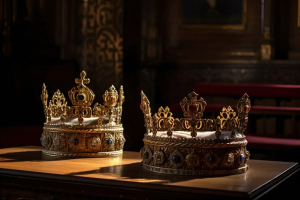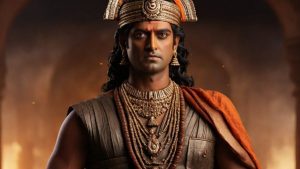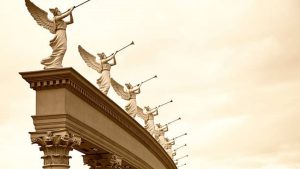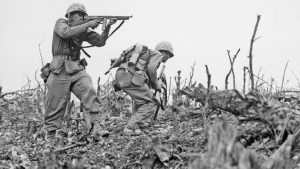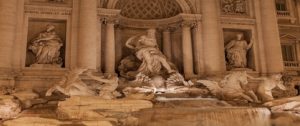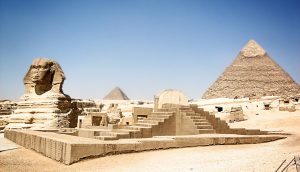Odeuropa: A new encyclopedia that explores Europe’s smelly history.
The Smell History and Heritage Encyclopedia is an online guide that combines academic and creative knowledge about smell as a cultural thing. It shares information about how smells and the act of smelling are part of our cultural history. The stories cover a variety of topics like different scents, environments filled with smells, noses, and how we feel about smells. These stories are like a starting point to learn about the world of smells and how they're represented in culture. You can also check out the Odeuropa Smell Explorer through the entries. It lets you explore smell experiences from the past through the accounts of people who lived then.



